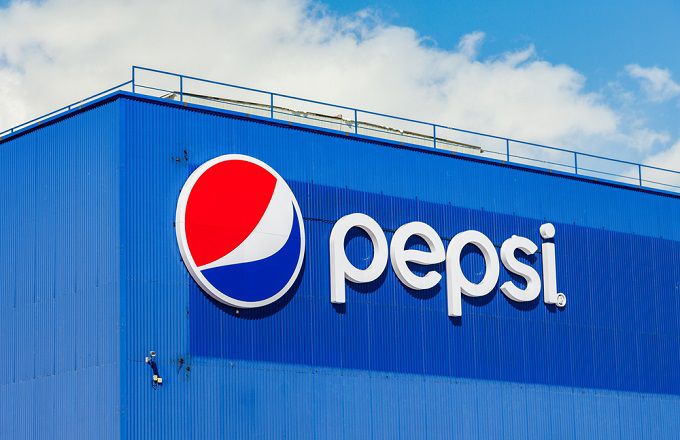[ad_1]
PepsiCo, Inc. (PEP) reports second quarter earnings on Tuesday, July 9, with analysts expecting earnings per share (EPS) of $1.51 on revenue of $16.4 billion. PepsiCo shares broke out to an all-time high in April after the food and beverage giant beat first quarter expectations and added to gains through May and June. The stock is currently trading about three points under the all-time high at $135.24, posted just two weeks ago.
Dividend and other safe-haven plays have attracted substantial buying interest so far in 2019, with investors fleeing growth and international equities that could lose ground if a trade war triggers an economic downturn. PepsiCo pays a respectable 2.90% forward annual dividend yield in a recession-resistant industry, which looks even better when combined with the 21% return booked so far this year.
PEP Long-Term Chart (1993 – 2019)
A multi-year uptrend stalled in the low $20s at the start of 1993, giving way to a correction that found support in the mid-teens in the third quarter of 1994. It completed a round trip into the prior high a year lower and broke out, entering a strong uptrend that topped out near $45 in 1998, at the cusp of the Asian Contagion. The stock broke out once again at the turn of the millennium but made limited progress, stalling in the low $50s.
The internet bubble bear market took its toll, dumping the stock to a two-year low, ahead of an uptick that hit new highs in 2004. It booked impressive returns during the mid-decade bull market, lifting in a strong rally that ended near $80 in January 2008. That marked the highest high for the next five years, giving way to a decline that accelerated to a five-year low during the economic collapse. It bottomed out in 2009 and bounced into the new decade, reaching the prior high in 2013.
A breakout based on top of new support into 2014 and took off in a rising channel that fended off aggressive sellers in 2015 and 2018. The rally stalled near $120 in the second half of 2017, generating two failed breakout attempts into April 2019’s successful advance. The stock has added about 13 points since that time while accumulation readings have lifted to all-time highs. Even so, straight up price action since December 2018 has carved few support zones, raising the odds for a multi-week correction if next week’s metrics fail to inspire fresh buying interest.
The monthly stochastic oscillator fell into the oversold level for the first time in 14 years in June 2018 and crossed into the overbought zone in April 2019. It has now crossed to the downside but hasn’t confirmed a sell signal, warning shareholders that the long-term buying cycle may be coming to an end. The price pattern also raises the odds for a multi-week correction, reaching multi-year channel resistance.
PEP Short-Term Chart (2015 – 2019)
The stock has reached channel resistance for the first time in 18 months, with a reversal targeting channel support currently rising toward $105. The April breakout (red line) at $122 marks major support during a downturn, with a breakdown setting off sell signals that could add substantially to selling pressure. However, bulls should have a golden opportunity during that test, potentially building a higher low that supports an upside channel breakout.
The on-balance volume (OBV) accumulation-distribution indicator hit a new high in September 2018, well ahead of price, adding a tailwind that resolved through the April breakout. However, buying pressure has been weaker than expected in the past three months, given straight up price action. This adds another bullet to the reversal argument because the divergence indicates that it won’t take much selling pressure to relinquish a sizable number of upside points.
The Bottom Line
On the surface, PepsiCo stock looks bulletproof heading into next week’s earnings, but red flags raise the odds for a multi-week correction.
Disclosure: The author held no positions in the afore/mentioned securities at the time of publication.
[ad_2]
Source link Google News

